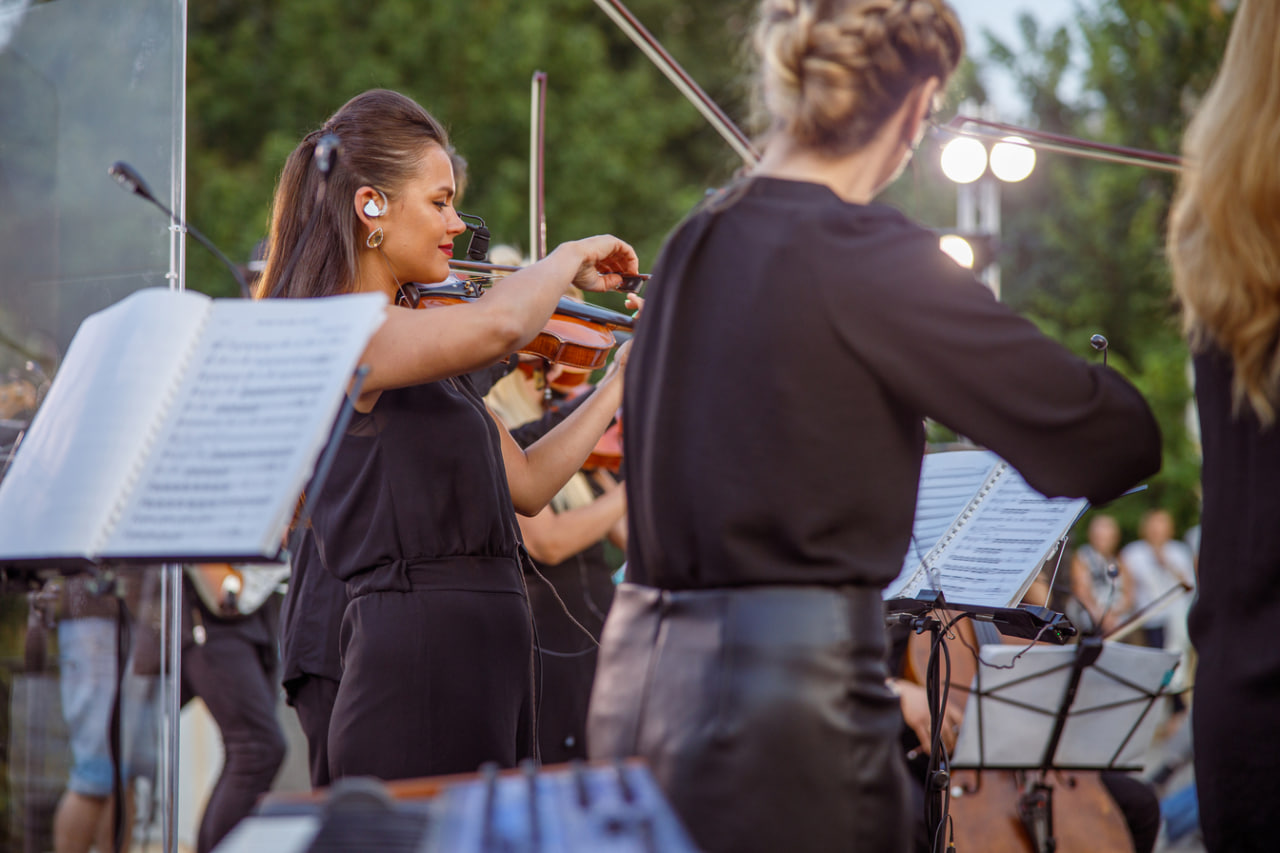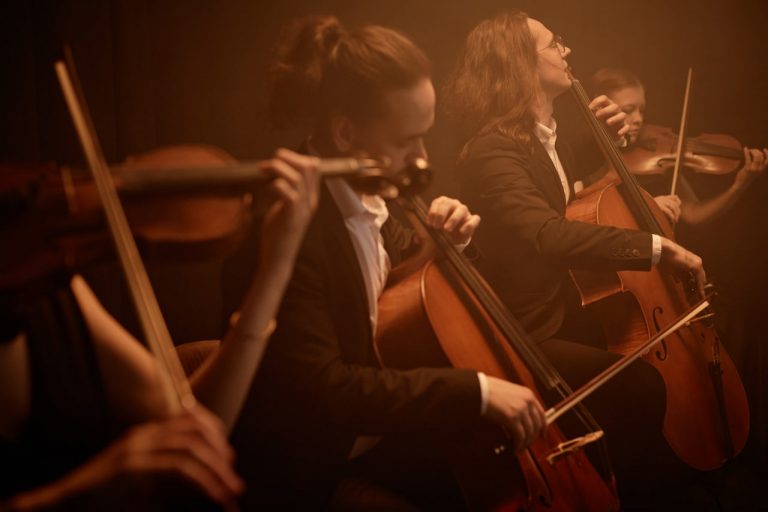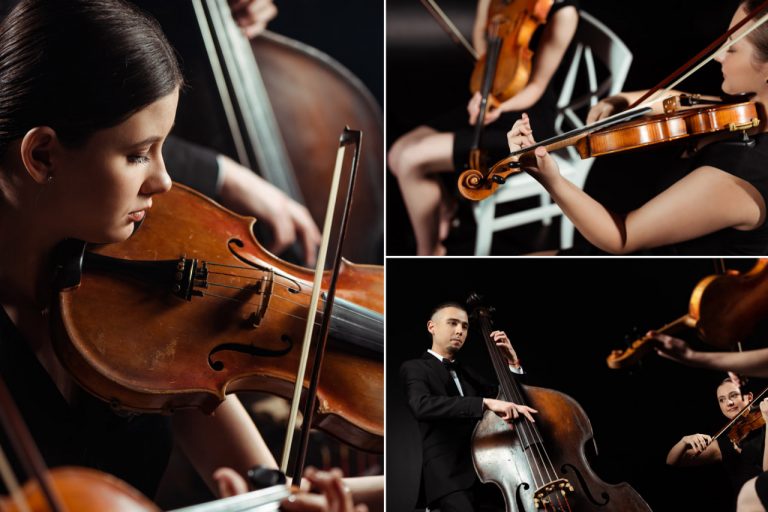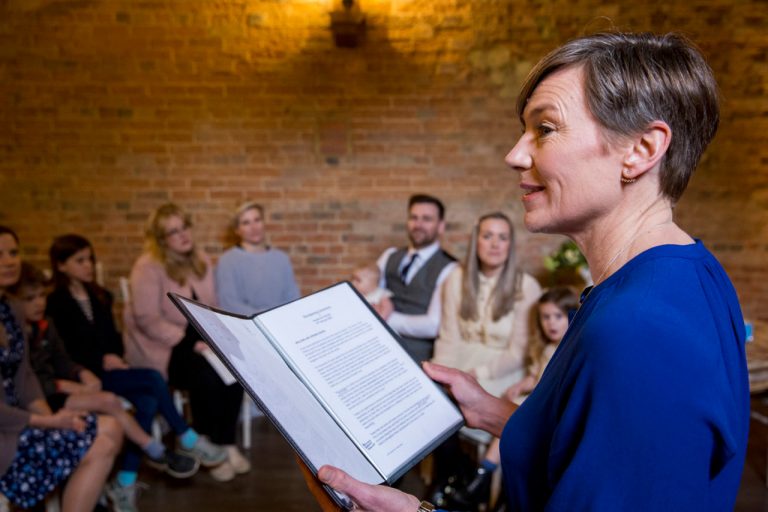Selecting the right repertoire is one of the most important tasks for a choral conductor. A thoughtfully curated program can inspire singers, engage audiences, and showcase the choir’s strengths. Striking a balance between traditional pieces and innovative works helps create a repertoire that is both respectful of choral heritage and relevant to contemporary audiences. This blog will explore strategies and considerations for building a diverse choir repertoire that honors tradition while embracing innovation.
The Importance of Diversity in Choir Repertoire
A diverse repertoire enriches the choir’s musical experience and broadens the horizons of both singers and listeners.
- Cultural Representation: Including works from different cultures and historical periods exposes the choir to a wide range of musical languages and traditions.
- Vocal Development: Varied repertoire challenges singers technically and stylistically, promoting versatility and growth.
- Audience Engagement: A balanced program caters to diverse tastes and keeps performances fresh and exciting.
Honoring Tradition: Why Classical and Sacred Works Matter
Traditional repertoire forms the foundation of choral music. Masterpieces by composers like Bach, Mozart, and Handel continue to resonate with audiences worldwide.
- These works often feature rich harmonies, timeless melodies, and complex contrapuntal textures that develop singers’ technical skills.
- Sacred music connects choirs to centuries of liturgical and cultural history, offering profound emotional and spiritual experiences.
- Familiar classical pieces can attract audiences and serve as a bridge to newer works.
Embracing Innovation: Exploring Contemporary and Experimental Music
Incorporating modern and experimental compositions brings freshness and relevance to choral programming.
- Contemporary composers explore new harmonies, rhythms, and vocal techniques, pushing artistic boundaries.
- Innovative works often address current social, political, or environmental themes, making concerts timely and thought-provoking.
- Collaborations with living composers can personalize the experience and provide unique performance opportunities.
Strategies for Balancing Tradition and Innovation
Building a balanced repertoire requires careful planning and consideration of your choir’s abilities and goals.
- Programming Mix: Combine traditional and contemporary works within a single concert or across a season to maintain variety.
- Gradual Introduction: Introduce innovative pieces alongside familiar ones to ease singers and audiences into new styles.
- Thematic Cohesion: Select works that share thematic or emotional connections to create a coherent program, even when styles vary.
- Skill Matching: Choose pieces appropriate to your choir’s technical level, ensuring new challenges are achievable.
Including Diverse Voices and Perspectives
A truly diverse repertoire reflects a wide range of composers, cultures, and genres.
- Seek out works by underrepresented composers, including women, people of color, and LGBTQ+ artists.
- Explore music from different cultural traditions such as African, Asian, Latin American, and Indigenous choral styles.
- Incorporate folk songs, spirituals, and world music arrangements to add color and variety.
Preparing Your Choir for Diverse Repertoire
Diverse repertoire can present challenges, so preparation is key.
- Provide background and context for each piece to deepen singers’ understanding and connection.
- Teach new vocal techniques or languages gradually, with focused sectional rehearsals if needed.
- Encourage openness and curiosity among choir members to embrace unfamiliar styles.
Engaging Your Audience with a Diverse Program
Effective communication with your audience enhances their appreciation of the repertoire.
- Share program notes or brief introductions explaining the significance of each piece.
- Use multimedia elements such as visuals or storytelling to enrich the concert experience.
- Consider community outreach or themed concerts to connect repertoire with local culture or events.




